Trying to fix cannot empty trash bin on Mac?
Emptying the Trash Bin on your Mac is usually just a click of a problem. This helps further clean the storage on your computer that you could use elsewhere. However, things could occasionally take a slight turn, rendering the system unable to permanently delete certain files from the Trash Bin.
There are a few reasons why you cannot empty Trash Bin on Mac. The files may be locked, in use, corrupted, or considered important. Other than that, System Integrity Protection is a feature that may also prevent you from deleting files from the trash bin.
To resolve all these problems, simply go through this guide below!
1. Check if the Deleted Files are in Use.
The number one reason behind the error Cannot empty Trash Bin on Mac is the files being opened or used by an application. If you don’t want to delete that file, you can easily restore it. But if that’s not the case, you’ll have to close the opened file or the application to get rid of the error.
2. Restart Your Mac.
Sometimes, applications may report a file as part of their running processes even though it’s not in use. This spurious error can be quickly resolved by restarting your Mac which will quit all running processes, services, and applications.
Here’s how to do it:
- Click on the Apple menu from the top-right corner.
- Next, select Restart. This will stop all the processes running in the background.
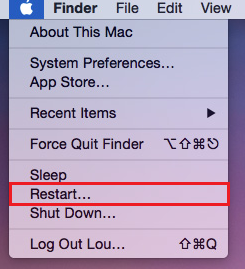
- Once your Mac reboots, go to the Trash Bin. You should be able to delete files now.
3. Use Right-Click to Empty Trash.
If you cannot empty Trash Bin on Mac because it’s not opening, you can do so from its context menu. This can be a quick shortcut for emptying unwanted files from your computer to free up storage.
Below are the steps you need to follow:
- Locate the Trash icon in the Dock and right-click on it.
- Then, select Empty Bin from the pop-up options.
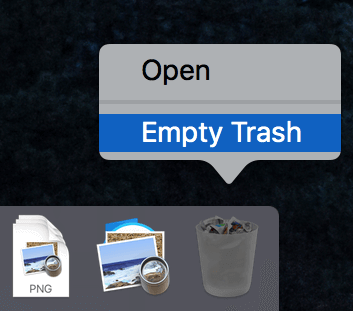
- From the confirmation prompt that appears, click on Empty Bin to confirm.
All the files present in the Trash Bin should be deleted now.
4. Checked if Files are Locked.
The deleted files in the Trash Bin can be locked if they contain important information that you may need later on. This feature prevents the files from getting permanently deleted when you empty the folder.
In case you have locked some files accidentally or no longer need the files you locked earlier, you’ll need to unlock them to get rid of the error Cannot empty Trash Bin on Mac.
To do so, follow the steps below:
- From the Dock, click on the Trash icon present in the bottom-right corner.
- Look for a file that has a lock icon and right-click on it.
- Then, select Get Info.
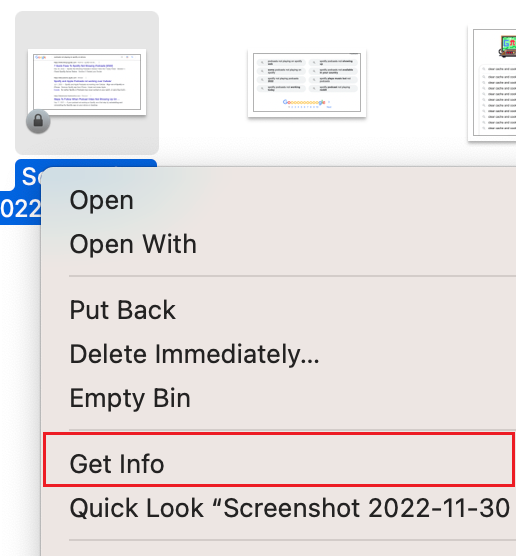
- Uncheck the box next to Locked to unlock the file.
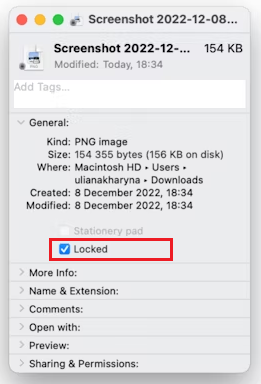
- Finally, select Empty from the upper-right corner and see if this fixes the Cannot empty Trash Bin on Mac issue.
5. Check Mac’s Hard Disk.
A damaged hard disk may also prevent you from emptying your Trash Bin. To verify whether that’s the case, use the Disk Utility tool to run a diagnostic test.
Here’s what you need to do:
- Go to the Spotlight Search on your Mac by pressing Command + Spacebar keys.
- Next, type in ‘Disk Utility’ in the search bar and press the Return key from your keyboard.
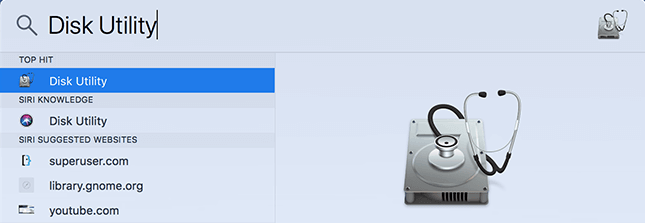
- Click on the hard disk’s name that includes the items you want to delete.
- Now, select First Aid and click on Run.
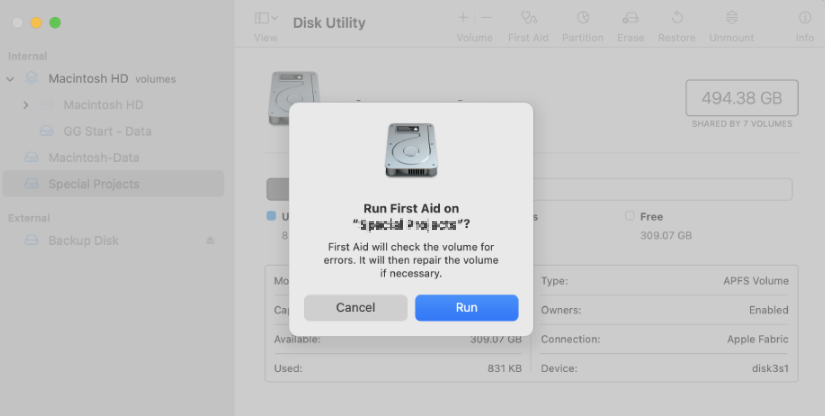
First Aid will detect any errors in your Mac’s hard disk. After this, you’ll need to activate the Safe Mode on your Mac by following the next method from this guide to solve any disk-related issues.
6. Use Safe Mode.
If a startup program is interfering with the trash bin and preventing it from permanently deleting the files, we recommend you boot into Safe Mode to perform the task. Safe Mode allows your Mac to boot up with a minimum number of programs.
The steps to entering Safe Mode may differ based on the chipset installed on your Mac, so refer to the specified instructions.
For an Apple Silicon Mac:
- Power off your Mac by going to the Start menu from the top bar and clicking on Shut Down.
- Once the Mac is turned off, reboot it by pressing the Power button and release it once the Startup options appear on the screen.
- Now, choose the Startup disk.
- Finally, press and hold the Shift key and simultaneously click on Continue in Safe Mode.
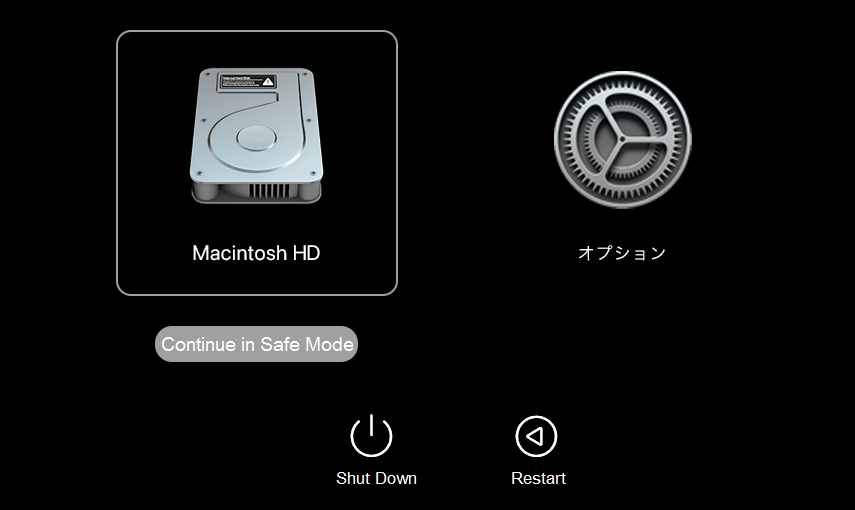
For an Intel-based Mac, follow the steps below:
- Head over to the Apple menu and choose Restart.
- As your Mac restarts, press and hold the Shift key from your keyboard.
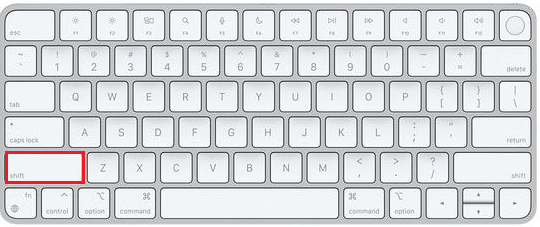
- Let go of the Shift key once you see an Apple logo on the screen to activate Safe Mode.
Once you’re in Safe Mode on your Mac, head to the Trash Bin and empty it. Then, reboot your Mac in normal mode.
7. Disable System Integrity Protection (SIP).
Apple introduced System Integrity Protection on Macs, which is a feature that protects your system from malicious attacks. It secures the files and folders by locking them so that no malicious software is able to modify them.
To permanently delete such protected files, you’ll need to disable SIP from your Mac completely. Here’s how:
- Click on the Apple menu and select Restart.
- As your Mac reboots, press the Command + R keys from your keyboard to activate the Recovery Mode.
- Once in the macOS Utilities window, click on Terminal.
- Copy and paste the following command and press the Return key to disable System Integrity Protection:
csrutil disable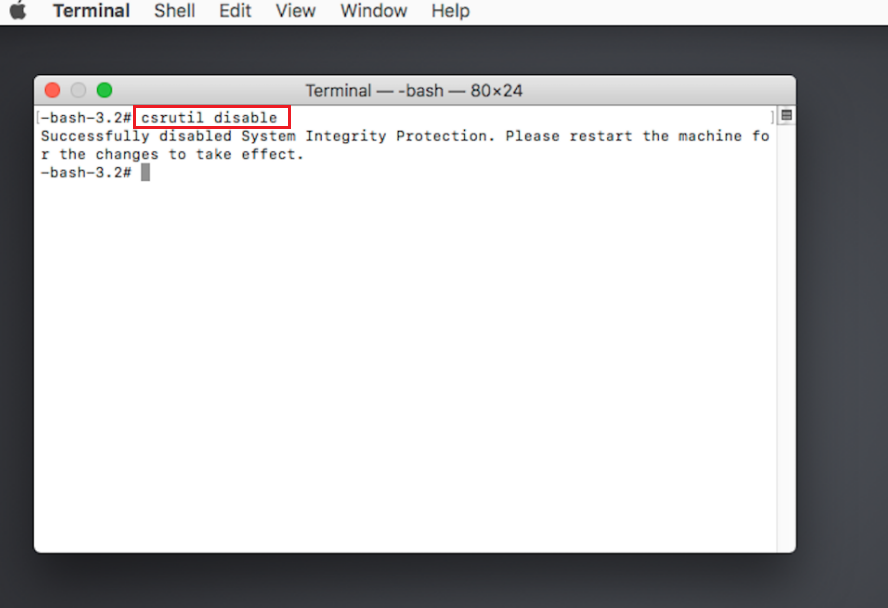
This should resolve the Cannot empty Trash Bin on Mac problem.
8. Use the Terminal to Force Empty the Trash Bin.
In case you still cannot empty the Trash Bin on Mac, you can use the Terminal to forcefully make your system do it. However, we recommend you only follow this method if you’re comfortable using Terminal, otherwise, a failed attempt can cause severe damage to the system.
Below are the steps you need to follow:
- Launch the Spotlight Search by pressing Command + Spacebar keys simultaneously.
- Next, type in ‘Terminal’ in the search bar and hit the Return key to launch Terminal on your Mac.
- Enter the following command and press the Enter key:
sudo rm -r
- Go to the Trash Bin from the Dock and choose the files you want to delete.
- Now, drag and drop these items in the Terminal window and press the Return key.
- Next, type in your Mac’s passcode and press the Return key again to successfully delete items from the Trash Bin.
9. Update Your macOS.
If nothing seems to resolve the issue, a potential bug could be hiding in your system that’s preventing the files from being permanently deleted. Updating the macOS in this case (since we’re dealing with a stock application) will remove such bugs and glitches.
Here’s how to check for an update on your Mac:
- Click on the Apple menu and choose System Preferences.
- After that, select Software Update from the System Preferences window.
- If there’s a pending update, click on the Upgrade Now button to update your macOS to the latest version.
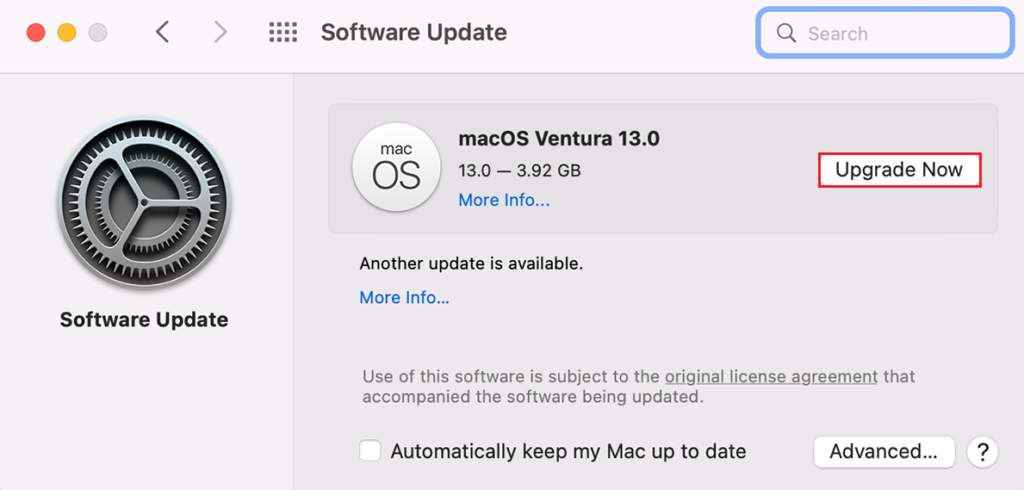
- Once your Mac is updated, head over to the Trash Bin icon from the Dock.
- Click on Empty from the top to see if you can delete files now.
As your Mac takes a while to install the updates, remember to connect your Mac to a charger and have a stable internet connection before you start the process.
This brings our guide on how to fix the Cannot empty Trash Bin on Mac to an end. If you have further queries, use the comments section below. We’ll be happy to help you out.
If this guide helped you, please share it. 😊





